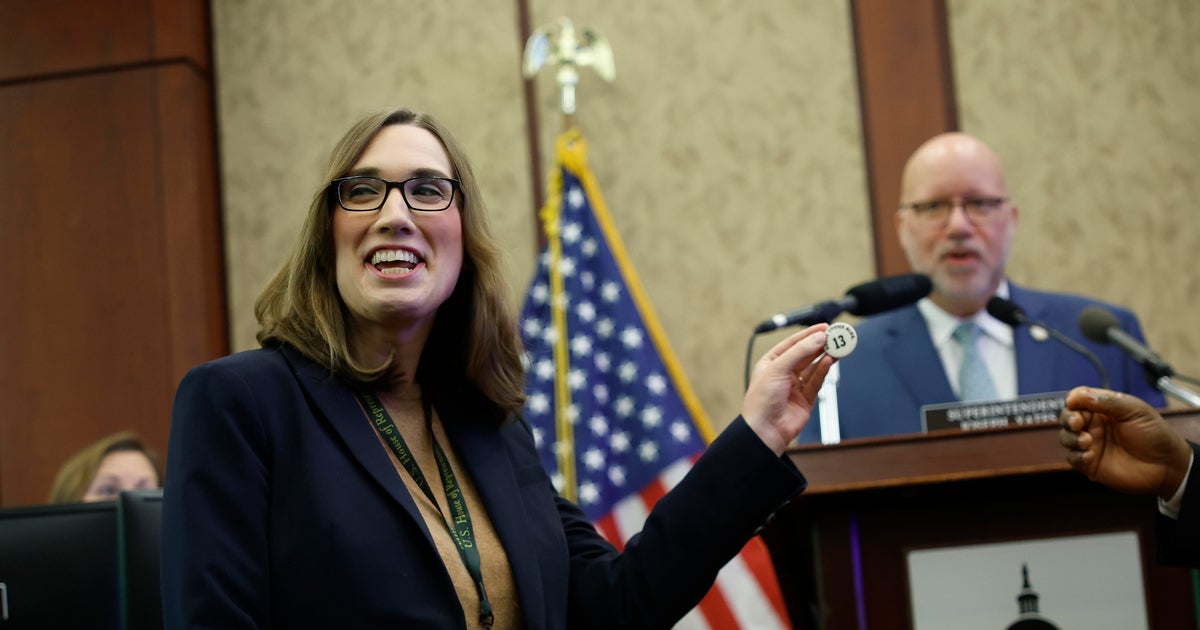Werner Herzog doesn't like the term "ecological thriller"
Werner Herzog’s latest film, “Salt and Fire,” has been dubbed an ecological thriller -- and he’s not happy about that. The prolific filmmaker told CBS News that the descriptor took off before anyone had seen the film, and he doesn’t think it’s an accurate label.
Herzog also discussed the changing film industry, giving Netflix a try and why individuals should stop worrying about government action and work to make the environment better themselves.
Do you see an ecological thriller like this as a kind of cautionary tale for contemporary audiences?
No, no. When you say “ecological thriller,” this is one of those stupidities that somehow emerged on the internet. Nobody had seen the film, but somehow they decided to label it an ecological thriller, and that caught on. It’s not an ecological thriller; it’s a story about a mysterious hostage-taking where a woman who heads a small group of scientists is taken hostage and deliberately stranded in some gigantic salt flats together with two blind local boys.
So you would rather that description hadn’t come up?
Yeah, sometimes I find they’re labeling a film that I’ve done before anyone has even seen anything of the film. The film itself will speak for itself and live its own life.
Are you concerned about environmental issues, considering your work and experience?
Yes, to some degree. But instead of waiting for politics to do something about it, I think I’m doing what almost everybody should do -- reduce your waste of energy, for example, by maybe 25 or 30 percent. We can do that easily. Whenever I walk out of a room, I switch off the light. And I use my car only 10 percent of what I would do 20 years ago. For me, it’s very easy to pay attention and not wait for big international accords like the Paris agreement or for the American president to do something for or against the environment. We should forget about politics.
That sounds like a much more practical approach.
We live in affluence and we live in a consumer civilization, which creates a lot of damage. We are damaging our resources.
Do you see this film in any way as a companion piece to “Into the Inferno,” your documentary about volcanoes?
No, not really. It’s a coincidence that in both films there are volcanoes. In “Salt and Fire,” yes, there is a volcano that plays a marginal role in it. And it happened only because where I filmed in Bolivia -- at the largest salt flats in the world -- there is a volcano, and I just wouldn’t like to bypass it completely.
But you wanted to focus more on potential manmade disasters.
Yeah, but what is described in the film is completely fictitious. The widening of salt flats is not an ecological disaster. It doesn’t happen, and it’s completely invented. But it could be any other kind of disaster.
What was the thinking, then, in creating this particular disaster?
Well, it started with a short story by Tom Bissell, which is a mysterious hostage-taking around a gigantic dried-out lake in Central Asia -- which, by the way, was a human-made disaster. I decided not to shoot there for logistical reasons. It looks fairly boring there. I decided I should look out for something completely different, and it took a very short time before I came across the salt flats in Bolivia.
Which are very visually striking. What was your first impression of the area?
That it looks like not from our planet. There’s something extraterrestrial about it, and it’s a scary vision that one day our entire planet might look like those salt flats.
The film industry continues to change. How has your approach to getting a documentary or a narrative film produced?
For me, whether I do a documentary or a feature film, it doesn’t make much difference. It’s all movies for me, and many of my documentaries are in fact not real documentaries. They’re feature films in disguise. But of course some of the old-fashioned distribution systems are not functioning anymore. The best-functioning distribution system today is still piracy. But of course there are new forms like the internet, and this is why I’m testing the waters with “Into the Inferno,” which is a Netflix release.
How have your experiences been so far with that?
Well, it worked out well so far. The only downside is that you do not connect to your film anymore. You do not have any feedback like when you are with a theater audience. I think in particular for the younger generation it is necessary to find new functioning modes of distribution, and I do believe it’s shifting much more towards the internet. There’s nothing wrong about it.
“Salt and Fire” is available on VOD and iTunes and in theaters Friday.



